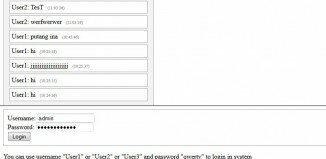ExampleSet the background color of the three columns with the <colgroup> and <col> tags: |
Browser Support |
1. Definition and Usage
The <col> tag defines attribute values for one or more columns in a table.
The <col> tag is useful for applying styles to entire columns, instead of repeating the styles for each cell, for each row.
The <col> tag can only be used inside a <table> or a <colgroup> element.
2. Tips and Notes
Tip: Add the style attribute to the <col> tag, and let CSS take care of backgrounds, width and borders.
Also have a look at the <colgroup> tag.
3. Differences Between HTML 4.01 and HTML5
Most of the attributes in HTML 4.01 are not supported in HTML5.
4. Differences Between HTML and XHTML
In HTML the <col> tag has no end tag.
In XHTML, the <col> tag must be properly closed.
5. Optional Attributes
DTD indicates in which HTML 4.01/XHTML 1.0 DTD the attribute is allowed. S=Strict, T=Transitional, and F=Frameset.
| Attribute | Value | Description | DTD |
|---|---|---|---|
| align | left right center justify char |
Specifies the alignment of the content related to a <col> element | STF |
| char | character | Specifies the alignment of the content related to a <col> element to a character | STF |
| charoff | number | Specifies the number of characters the content will be aligned from the character specified by the char attribute | STF |
| span | number | Specifies the number of columns a <col> element should span | STF |
| valign | top middle bottom baseline |
Specifies the vertical alignment of the content related to a <col> element | STF |
| width | % pixels relative_length |
Specifies the width of a <col> element | STF |
6. Standard Attributes
The <col> tag supports the Standard Attributes in HTML.
7. Event Attributes
The <col> tag also supports the Standard Event Attributes in HTML.












